Countertop microwaves nowadays, for instance, offer great features that could make your cooking activities a lot easier and more enjoyable. It is for this reason why you should buy a new countertop microwave. While you’re at it, pick up the best slow cooker. We have a pretty good idea of the cutting edge technology and advanced features found in today’s best microwaves. But what does the future of the microwave look like?
The basic premise hasn’t changed much in over 50 years: they’re boxes that sit on the counter or above the stove and heat stuff up via vibrating water molecules. Is that ever going to change in the future, or is the microwave going to stay basically the same?
Well, it’s starting to look like the microwave world is due for a shakeup, and that shakeup is probably going to come in the form of semiconductor ovens heating on a new radio wave frequency. After all, we use radio waves for just about everything else these days – why not tweak them and put them to work heating our food? Several popular brands, including Miele and Midea, are trying to do just that.
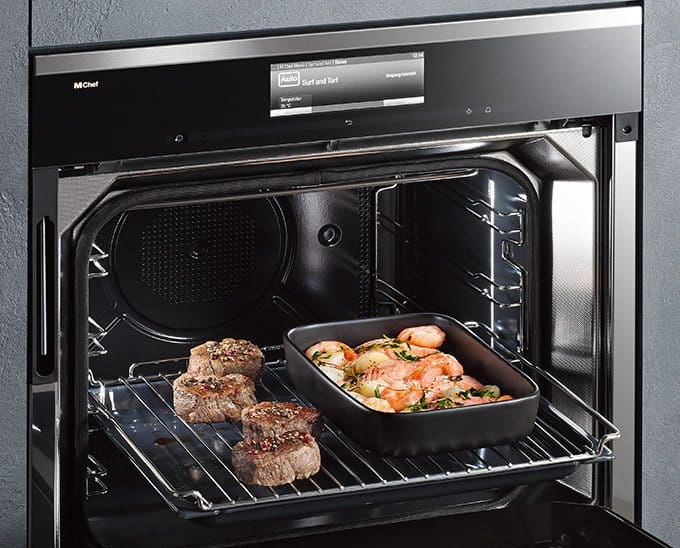
So, how does the RF spectrum manage to heat food the same way microwaves do? It uses semiconductors and a whole lot of innovation.
First, these new micro-ovens operate below the typical 2.4GHz frequency on a lower range, so they won’t be interfering with your Wi-Fi the way that traditional microwaves tend to do.
Second, these ovens use new semiconductors that act as RF emitters instead of the good old magnetron device. There are a lot of advantages to switching to these emitters. Semiconductor ovens last a whole lot longer than magnetrons, and can simultaneously send out radio waves while picking up information about the food you are cooking, allowing them to sense when food is finished cooking more accurately. They can also fit into a lot of different shapes and spaces, so the pure box-like shape of the traditional microwave is no longer necessary.
These low-range semiconductor microwaves can also be incredibly accurate – which is sort of a problem. You can set the energy level used for cooking, how long and at what stages to cook, where specifically to apply the radio waves and whether that needs to change over time, and much more.
That’s why the current models on the market are being sold primarily as luxury models for very finicky chefs. But if they really want to overtake the microwave sector, they are going to need a whole lot more automation to find a spot in the average kitchen.
Of course, if these new machines really do replace microwaves, we may have to come up with a new name for them. WiFicookers? Semizappers? (Probably not those).
Related Articles:
![10 Best Built In Microwaves in [year] 1 best built in microwave](https://www.gadgetreview.dev/wp-content/uploads/best-built-in-microwave-image-300x200.jpg)
![10 Best Compact Microwaves in [year] 2 best compact microwave](https://www.gadgetreview.dev/wp-content/uploads/best-compact-microwave-image-300x200.jpg)
![10 Best Convection Microwave Ovens in [year] 3 best convection microwave oven](https://www.gadgetreview.dev/wp-content/uploads/best-convection-microwave-oven-image-300x200.jpg)
![10 Best Microwaves for College Dorms in [year] 4 best microwaves for college dorms](https://www.gadgetreview.dev/wp-content/uploads/best-microwaves-for-college-dorms-300x203.jpg)
![10 Best Microwaves for Seniors in [year] 5 best microwaves seniors](https://www.gadgetreview.dev/wp-content/uploads/best-microwaves-seniors-image-300x200.jpg)
![10 Best Panasonic Microwaves in [year] 6 10 Best Panasonic Microwaves in [year]](https://www.gadgetreview.dev/wp-content/uploads/best-panasonic-microwaves-300x200.jpg)
![10 Best Samsung Microwaves in [year] 7 best samsung microwaves](https://www.gadgetreview.dev/wp-content/uploads/best-samsung-microwaves-image-300x200.jpg)
![6 of the Best Countertop Microwaves for [year] 8 The top rated countertop microwaves.|Kenmore 7212 Microwave countertop|Panasonic nn-sn651baz countertop microwave|Cuisinart CMW-100 countertop microwave|toshiba](https://www.gadgetreview.dev/wp-content/uploads/best-countertop-microwave-300x165.jpg)

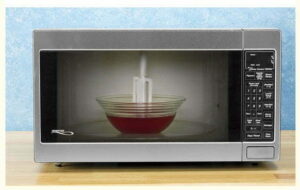


![Best Over the Range Microwave for [year] 13 The top over the range microwaves.|GE JVM3160RFSS microwave|LG LMV2031ST microwave|Whirlpool WMH31017aw microwave|GE jvm3160rfss microwave|LG lmv2031st microwave|Whirlpool wmh31017aw microwave](https://www.gadgetreview.dev/wp-content/uploads/best-over-the-range-microwave-300x165.jpg)
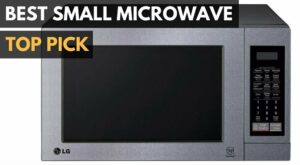
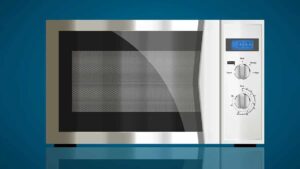

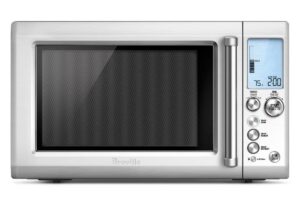

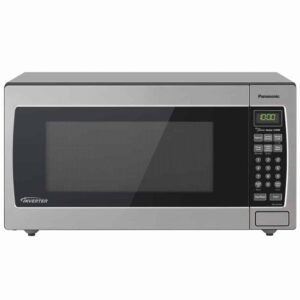
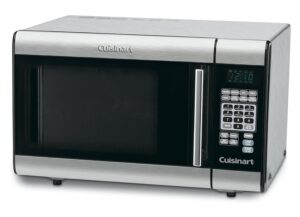
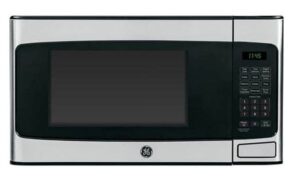

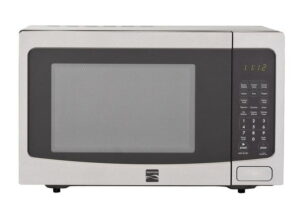


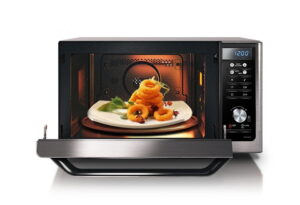


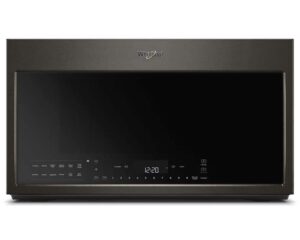
3 responses to “Post Title”